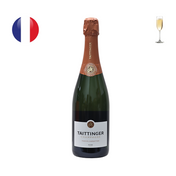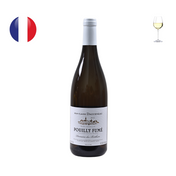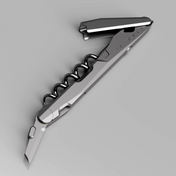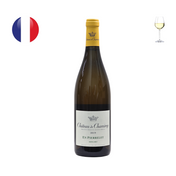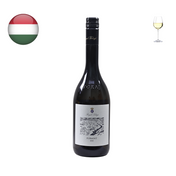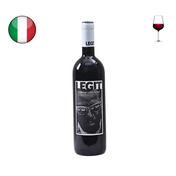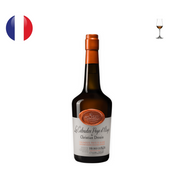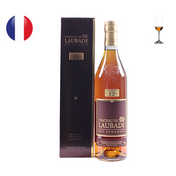Located in the heart of the renowned Mosel Valley, Weingut Joh. Jos. Prüm is an iconic estate celebrated for its exceptional Rieslings. The winery is established in the village of Wehlen, where the Prüm family has lived for over 400 years. The estate's history dates back to 1911, when Johann Josef Prüm founded it following a division of the original S.A. Prüm estate, a split that also led to the creation of other renowned wineries such as Dr. Loosen.
The leadership of the estate has passed directly through four generations of the family. Johann Josef Prüm established the domaine in 1911 and led it until 1921. His son, Sebastian Prüm, then took over, guiding the estate through the mid-20th century until 1969 and elevating its reputation with a focus on high-quality Auslese and rare botrytised wines. Upon Sebastian's unexpected passing, his son, Dr. Manfred Prüm, assumed control in 1969 and built the estate's iconic international status. Since 2003, Dr. Manfred Prüm has been joined by his daughter, Dr. Katharina Prüm, who now co-manages the estate and represents the fourth generation.
The domaine farms 22 hectares of vineyards on incredibly steep, sun-facing slopes with Devonian slate soils in the prestigious Mittelmosel. Its key sites are among the region's most celebrated.
The Wehlener Sonnenuhr vineyard, with gradients up to 70%, is known for its deep, weathered grey slate soil and optimal south-southwest exposure.
The Zeltinger Sonnenuhr vineyard, directly to the north, features similar aspects but with less topsoil and older vines, resulting in denser wines.
To the south lies Graacher Himmelreich, which borders Wehlener Sonnenuhr; it is slightly less steep, has a more south-west exposure, and possesses deeper, water-retaining soils.
The southernmost holding is Bernkasteler Badstube, which has marginally shallower gradients and deeper soils, with a western orientation that allows for longer afternoon sun exposure.
Approximately 90% of the vines are ungrafted, and many are over 60 years old, contributing to naturally low yields. This is because the region’s unique, well-drained slate soils naturally deter the phylloxera louse, which otherwise requires grafting onto resistant American rootstocks. These old, ungrafted vines can develop deeper root systems, contributing to lower yields and more concentrated flavors in the grapes.
The viticulture is traditional, with all grapes hand-harvested in multiple passes to ensure only the best fruit is selected.
In the winery, a minimalist approach is taken. Fermentation begins spontaneously with indigenous yeasts in stainless steel tanks. The wines are then aged on their lees for an extended period before bottling, which helps develop complexity and a distinctive, sometimes reductive, character in their youth.
The estate produces almost exclusively Riesling Prädikatswein, ranging from Kabinett to the rare Trockenbeerenauslese. The wines are celebrated for their perfect balance of vibrant acidity, delicate fruit, and pronounced mineral character. They are famously ageworthy, with top Auslese wines capable of evolving for decades. The finest Auslese bottlings are distinguished by a gold capsule (Goldkapsel), and those with a long gold capsule (Lange Goldkapsel) indicate an even richer, botrytis-driven style.
Widely regarded as one of the Mosel's greatest producers, the estate enjoys critical acclaim for its wines. Its rare sweet wine bottlings are highly sought after by collectors and achieve legendary status at international auctions.


